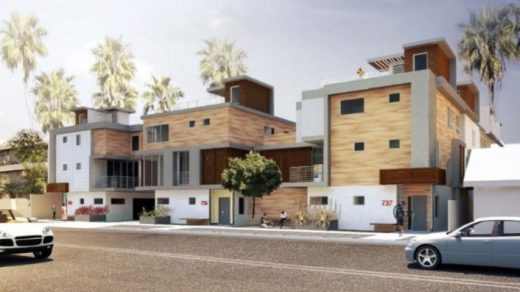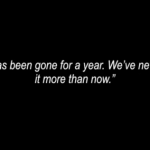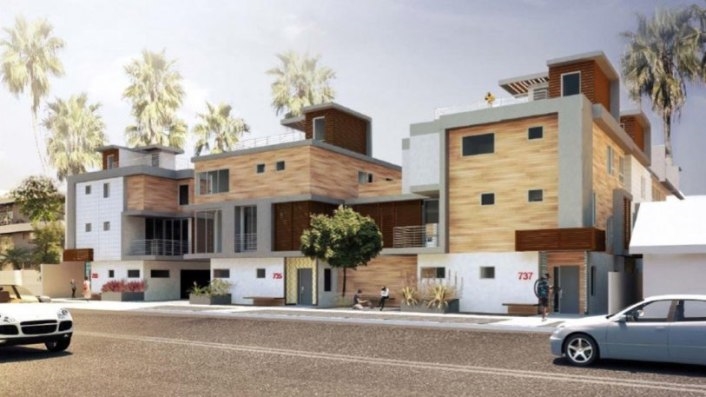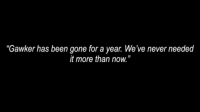Can This Crowdfunding Platform Help Build The Kind Of Houses Millennials Want To Buy?
If you’re in your twenties or thirties and fretting that you might never be able to buy a house in your city, one company has a suggestion for you: While you’re saving for a down payment, maybe you should help crowdfund the construction of homes in your neighborhood–and advocate for changes in zoning to make that construction possible.
The company’s new platform, which will launch first in Los Angeles, works like this: Public investors buy shares (a minimum investment is 100 shares, currently $10 apiece) in what the managing company, Fundrise, calls an eFund, a new limited liability company that develops housing in the city. Up to $50 million in shares are on offer. Those funds will be used to build new homes (both condos and detached houses) in urban, walkable, transit-friendly neighborhoods, using small vacant lots that traditional developers might ignore.
“There’s a very deep, systemic problem around supply,” says Ben Miller, co-founder and CEO of Fundrise. In Los Angeles, homebuilding hasn’t kept pace with demand, and the tight supply keeps forcing prices higher. Between 1980 and 2010, an average of around 20,000 new homes a year were built in L.A. County; one report found that in order to keep home prices in line with the rest of the country, the area would have needed to build nearly three times as many homes. Although construction is increasing in the city, there aren’t enough homes on the market, and those that are available are unaffordable for most young buyers, even those making well over the median income. Four out of ten millennials in L.A. live with their parents.
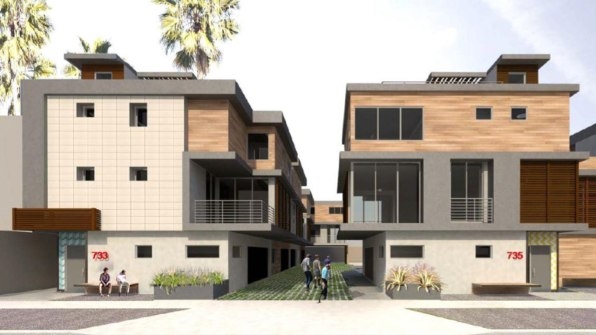
Most new construction, Miller argues, doesn’t match the needs of younger buyers. “There’s a generation of people that can’t afford the houses that they want,” he says. “The houses that they want aren’t being built…the traditionally-funded system is building the wrong houses, in the wrong place, and the young generation, people that are first-time homebuyers, aren’t buying those homes. They don’t want to live in the suburbs. They don’t want to spend an hour and a half each way in the car every day.”
Millennial buyers want to live in walkable neighborhoods, near transit. Despite some recent studies suggesting that millennials are returning to the suburbs, they’re still seeking a particular form of urban design: “It’s not city versus suburbs,” says Chris Leinberger, a business professor at George Washington University who studies walkable urban development. “It’s walkable urban versus drivable suburban. It’s the form these places take.” Typical suburban developments still sprawl. They also tend to use a cookie-cutter, low-quality aesthetic that Miller says doesn’t appeal to younger buyers. Inside cities, while the options might appeal, they aren’t affordable.
Fundrise initially launched in 2012 with a focus on commercial real estate, and pioneered the idea of letting the public invest small amounts to fund new restaurants, cafes, and apartment buildings in cities. “We focused on this idea of changing how the whole financial system works,” Miller says. “Today, it’s extremely top-down. A bunch of old white dudes decide what gets funded, what gets built.” Fundrise has helped push forward projects that might not have otherwise been built, such as a Whole Foods in one of Chicago’s most economically-depressed neighborhoods that also tested a new model for a lower-cost version of the supermarket. The new offering applies the company’s commercial funding model to housing, recognizing that those older developers–who tend to live in the suburbs themselves–haven’t been as interested in building in high-density urban neighborhoods.
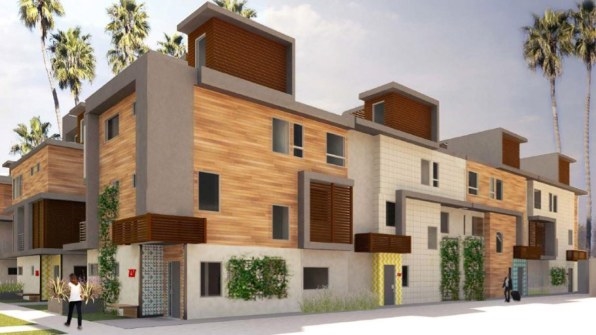
Traditional builders also tend to want to work on a larger scale, building dozens or even hundreds of homes at once rather than filling in gaps in an existing block. “The vast majority of homebuilders in this country only know how to build subdivisions,” says Leinberger, who is a developer himself. “Take a farmer’s field, put in a bunch of cul-de-sacs, and put up single family housing. That’s all they know how to do. Building walkable urban development is fundamentally different . . . The market is asking for this mixed-use, walkable urban place, and the homebuilders can’t deliver. They don’t know how.”
Another challenge for building new housing in cities is often a restriction on density in zoning. Los Angeles, which was zoned for 10 million residents in 1960, had reduced “residential capacity” to a little more than 4 million people by 2012 by changing zoning laws; the population passed 4 million by 2015 and is still climbing. Fundrise hopes that engaging people as investors in new development will also inspire them to become active in lobbying for increased density, countering others–often older community members–who fight against development.
“There’s this NIMBY, kind of reactionary dynamic where people don’t want to create the housing supply in the major markets, but that’s where the customer wants to be, that’s where the jobs are, that’s where the growth is, that’s where the environmental benefits are,” says Miller. “There’s every reason to have housing supply in the urban core, not in the suburban or exurban hinterlands. But until you connect the investor and the homebuyer and the politics, it’s just intractable.”
Right now, despite the national growth of the YIMBY (or ‘yes in my backyard’) movement, the average millennial probably isn’t actively involved in local politics around planning. “The 27-year-old person is not emailing their councilmember to support housing development,” says Miller. “And just two years later they’re showing up to buy a home and there’s no house.”
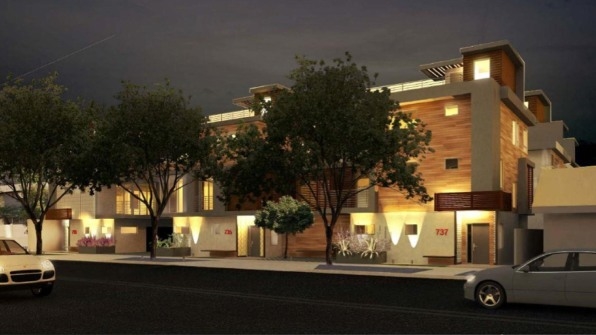
“One of the things that we as a society ask real estate developers to do is to plan our future,” says Leinberger. “But we hate real estate developers. We despise them…. So in essence, we’ve set up this confrontational situation. Instead of having some greedy outside developer plan our communities, here, the community members are planning.”
The money raised through the new eFunds will be invested in land and construction. While the company can’t make specific projections, based on the $50 million offering, it believes that it could build between 250 and 750 new homes over the next five years, working with the crowd of investors to push for zoning changes where needed.
When the houses are ready, investors in the fund–called “homebuyer investors”–will have an option to buy (or, if all goes as planned, simply profit from the investment as the homes are sold off). That direct connection helps the developer save on marketing costs, and the buyer can save the cost of paying an agent. Still, the homes will likely be out of reach of many millennials; someone earning the median salary in L.A. for 18-35-year-olds couldn’t afford a house much over $100,000. Fundrise, on the other hand, estimates that its homes will range from $700,000 to $1 million, driven by the cost of land, materials, and labor (homes in other cities would have different costs). It is also exploring modular construction, which could make homes more efficient to produce. Miller argues that without the new model, new housing would be even more expensive and continue to become more so as demand grows and restraints on immigration increase the cost of construction. But the model doesn’t address the problem of affordable housing in L.A. at scale.
“If the crowdfunding model for housing for millennials works, I’m all for it, but I also think we need to make a concerted effort to address the market imbalance that is housing for people on the low-income side of the economy,” says Alan Greenlee, executive director of the Southern California Association of Non-Profit Housing, an organization of developers of low-income rental housing. “And that’s just not happening.” While increasing supply of market-rate housing could eventually decrease overall housing costs, one study suggests that process can take decades. Many in Los Angeles are struggling to afford rent, let alone a mortgage; by one estimate, more than half a million new rental units are needed. Homelessness in the city increased 23% this year, despite the fact that the city succeeded in housing more homeless people than ever before. “We’re doing a really good job pulling people off the streets, but more people are going onto the street because they’re economically vulnerable because they can’t afford the place that they’re living,” Greenlee says. For at least part of the population, including millennials working retail or at nonprofits or in the arts, subsidies may be the only way to make living in the city affordable.
But if Fundrise only addresses the higher end of the millennial market, perhaps it can inspire other new ways to fund housing for those in lower income brackets–and critically, it may also help increase support for changing outdated zoning to increase density for all types of new housing.
The biggest question is whether young homebuyers will embrace the platform. “There are things that I know will work,” Miller says. “We can build homes in L.A. But can you activate a whole generation? Can you get them to invest, can you get them involved in solving the problem of what homes get built and how they get zoned, rather than showing up five years from now and going, ‘Oh, I can’t afford a home?”
And even if it can–is that the fix urban housing really needs?
If you’re in your twenties or thirties and fretting that you might never be able to buy a house in your city, one company has a suggestion for you: While you’re saving for a down payment, maybe you should help crowdfund the construction of homes in your neighborhood–and advocate for changes in zoning to make that construction possible.
Fast Company , Read Full Story
(46)

